
The Japanese Covered Bridge - Lai Vien Kieu relic is a unique and rare architectural work and has become a symbol of Hoi An city - a world cultural heritage.
The relic has existed for about 400 years with at least 7 major and minor restorations and repairs throughout its history. Over time and affected by severe natural disasters as well as other objective factors, the Japanese Covered Bridge inevitably deteriorates and the restoration of the relic becomes urgent to preserve the integrity and long-term value of the relic.

At the end of 2022, the major restoration project of Chua Cau with a total cost of 20.2 billion VND was implemented by Quang Nam province. This is considered the largest and most methodical restoration using the demolition method.

With the above special meaning and value, the restoration of the Chua Cau relic is considered a top urgent task, which needs to be paid attention to and carried out in a very careful, meticulous, methodical and scientific manner in all stages from research, survey, plan development to organization and implementation of restoration construction.
Over the years, the work of assessing the technical status of relics has been given special attention and carried out thoroughly and comprehensively from the whole to the details, from visible and invisible structures as well as combining traditional experience with the application of modern science and technology.

For a long time, research on the historical, cultural, architectural and artistic aspects of the relic has been focused on, aiming to consolidate and establish a scientific data system, as a basis for developing a restoration plan in a unified manner.
Many research articles have been done to serve the project, collected and presented in the book publication Chua Cau.

Digitizing architectural works is an important task to create a scientific database for comparison before, during and after completion of renovation.

Architectural drawings are done in detail and meticulously by experts.


The restoration solution was carefully considered through many seminars and discussions between scientists and managers as well as consultation with local communities.


Basic principles for the restoration of the Japanese Covered Bridge: Maximum preservation of original elements, maintaining simultaneously the value and function of the relic; all interventions must be based on respect for science, history and ensuring long-term stability; applying appropriate science and technology; maintaining consultation and recording the progress of the process.
Erecting a cover house both preserves the relic, protects the construction and serves the construction work, while creating conditions for visitors to visit the restoration process.


The decision to downgrade, whether in whole or in part, is carefully considered before implementation.

The reinforcement, connection, and patching of components such as wooden components, roof edges, animals, decorative details, etc. are carefully calculated to ensure sustainability, aesthetics, and material similarity.

Mark all corresponding components between the current status and the drawing before dismantling for repositioning (re-erecting to the original position) after processing.

Stabilize the entire foundation body and abutments; reinforce by pumping glue and mortar into cracks; dredge mud, clean and pour concrete to reinforce the foundation base.

Reinforce and tie down the parts of the roof, eaves, decorative details and reassemble after reinforcement and repair, retaining as much of the original components as possible.

Dismantle roof tiles in order, clean, classify, preserve and reuse to the maximum. New replacement tiles must be similar in size, shape, structure, material... to the old tiles in each location.

Demolition of timber frame system in sections after careful consideration of options. Prioritize reinforcement and repair to retain as much of the original structural components as possible. Replacement materials must be similar, including finishing paint.


Source: Hoi An Center for Cultural Heritage Management and Conservation and synthesis.
Source: https://baoquangnam.vn/nhin-lai-giai-phap-trung-tu-chua-cau-3138705.html





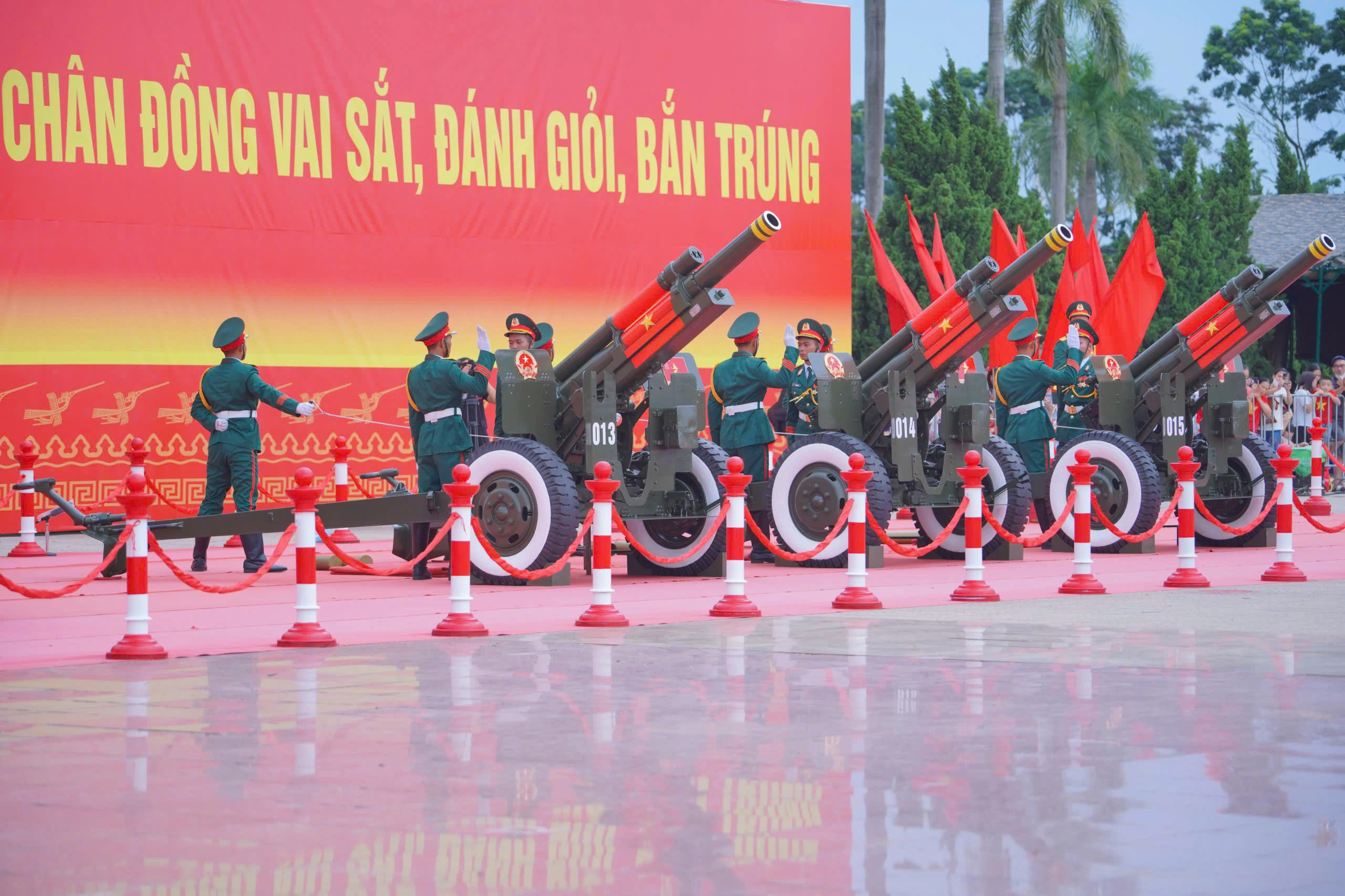
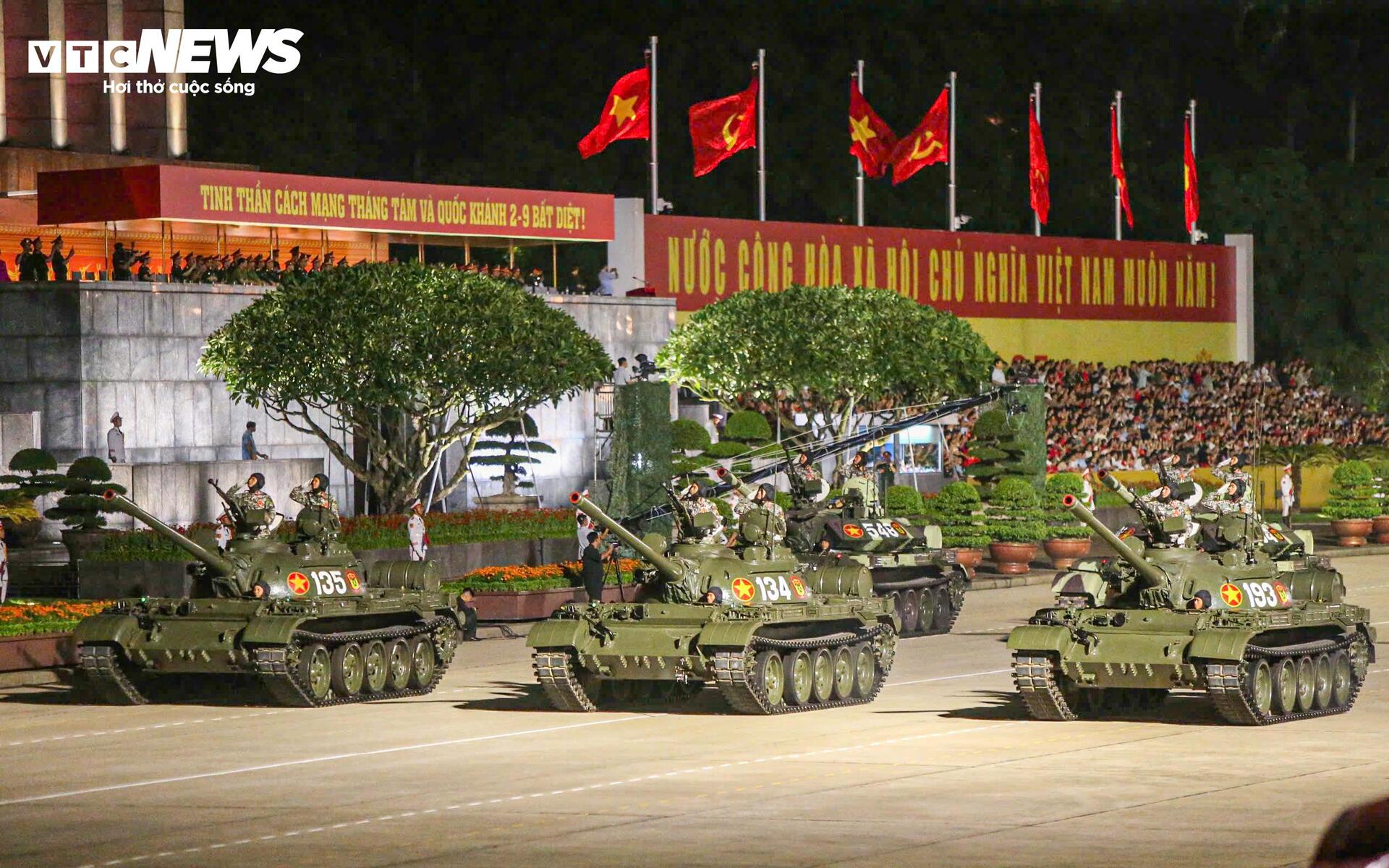
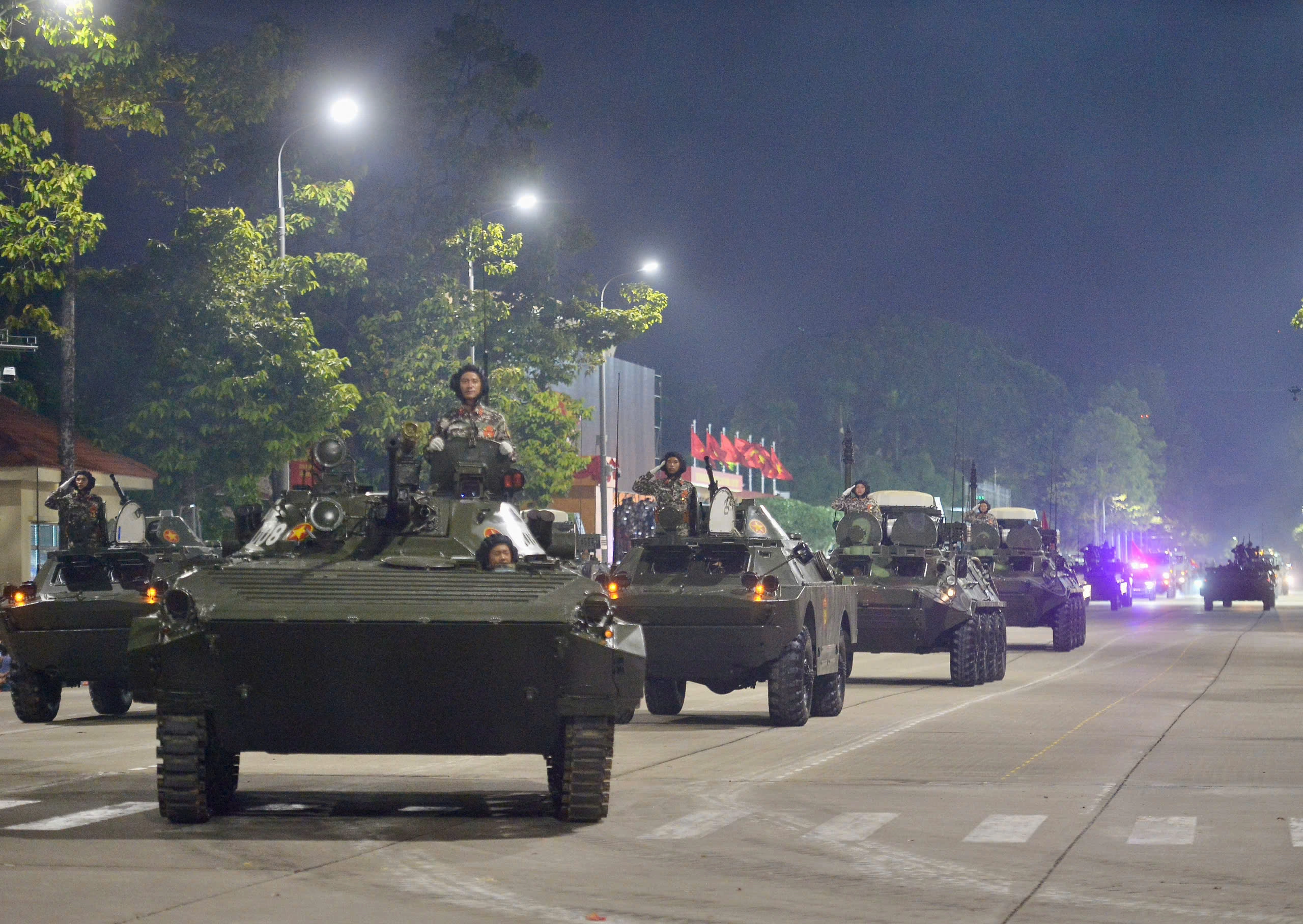

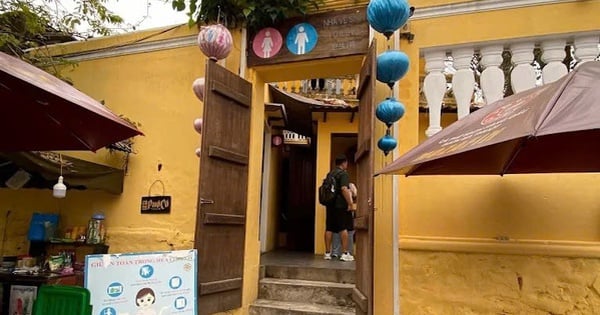



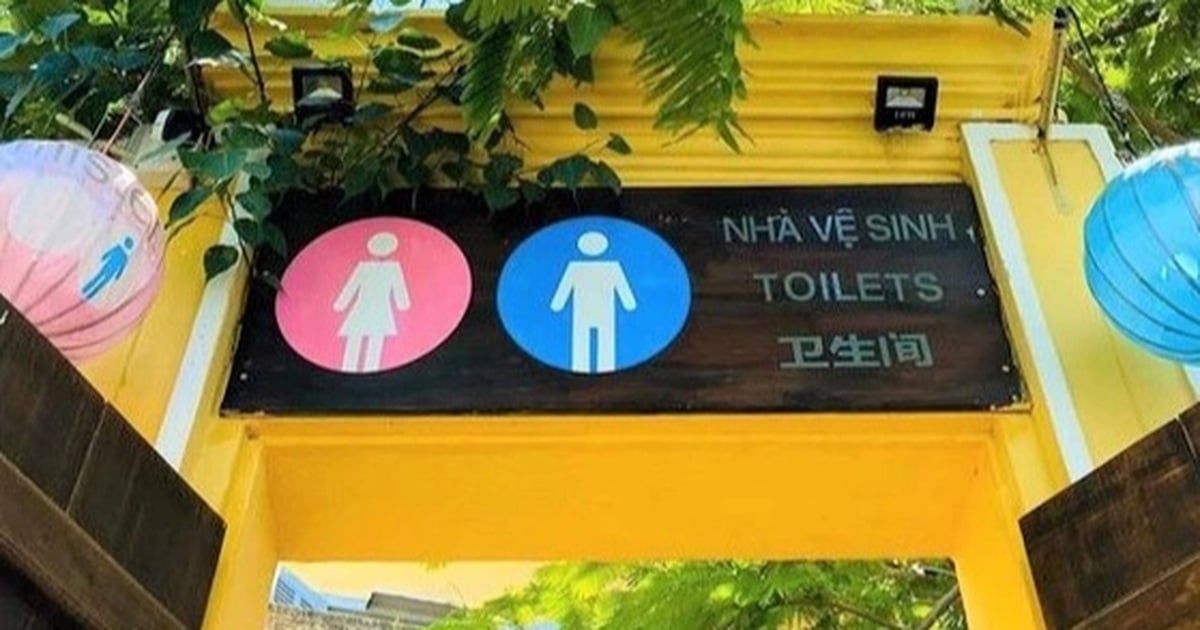

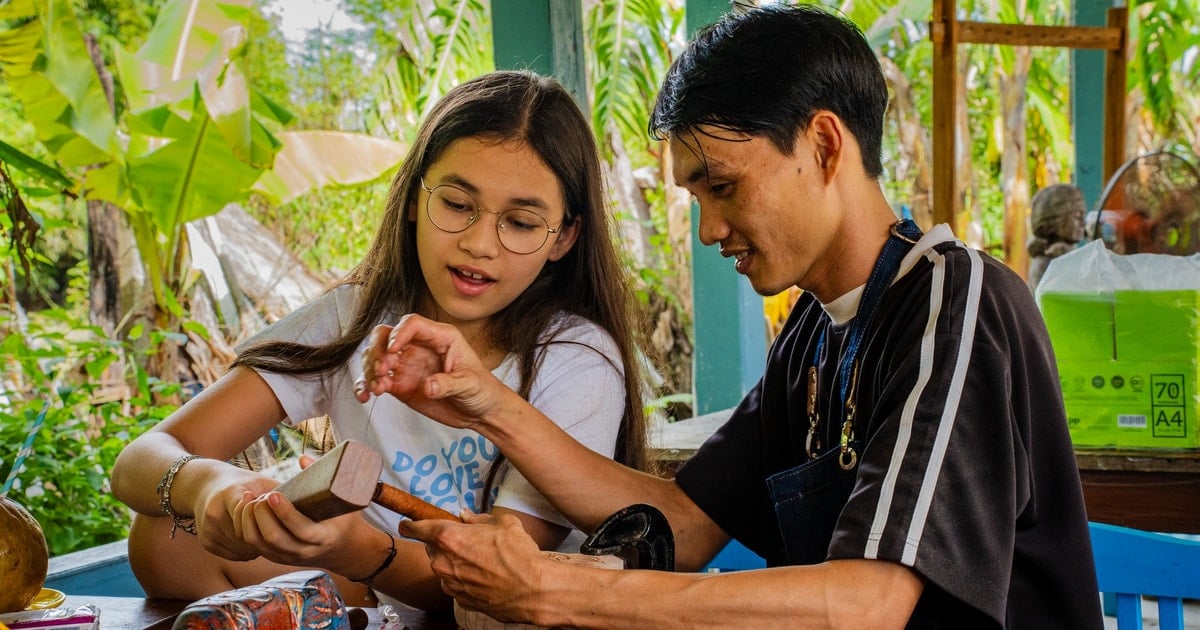

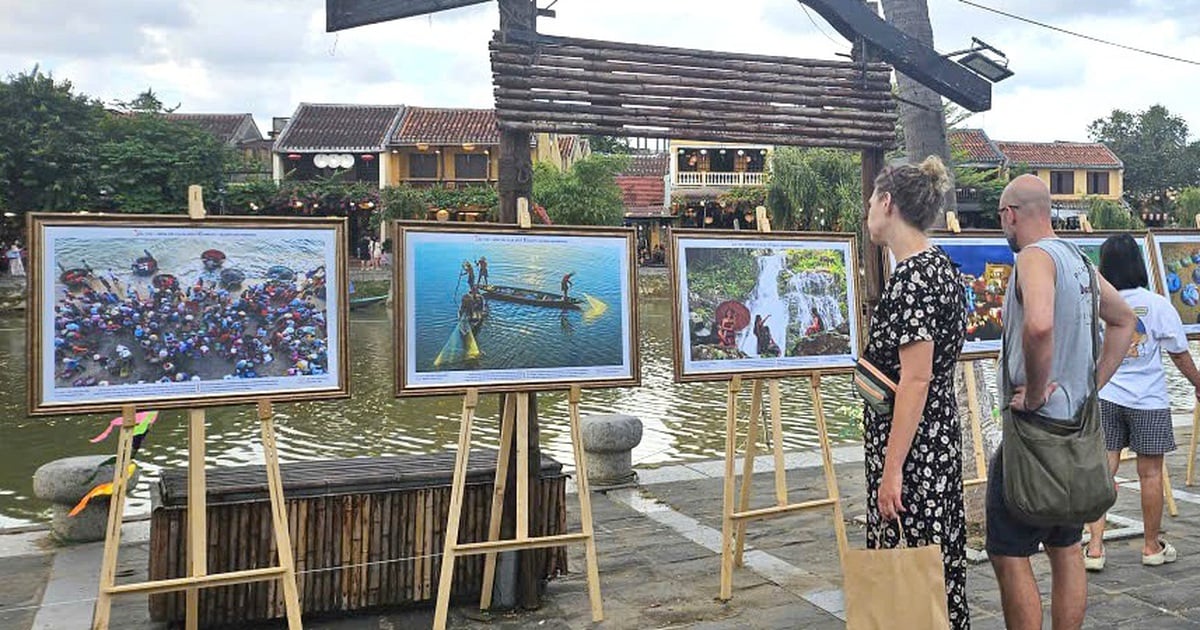

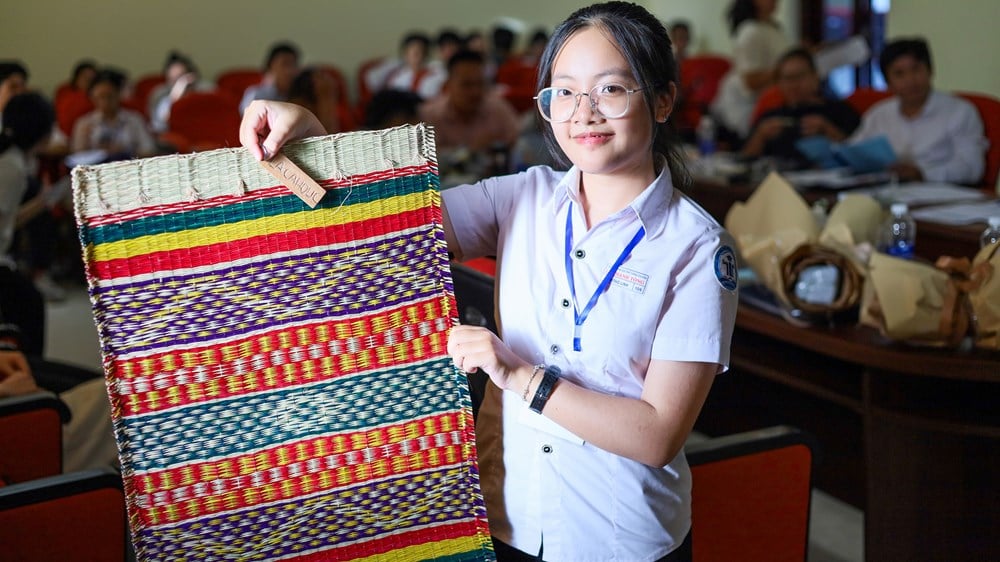

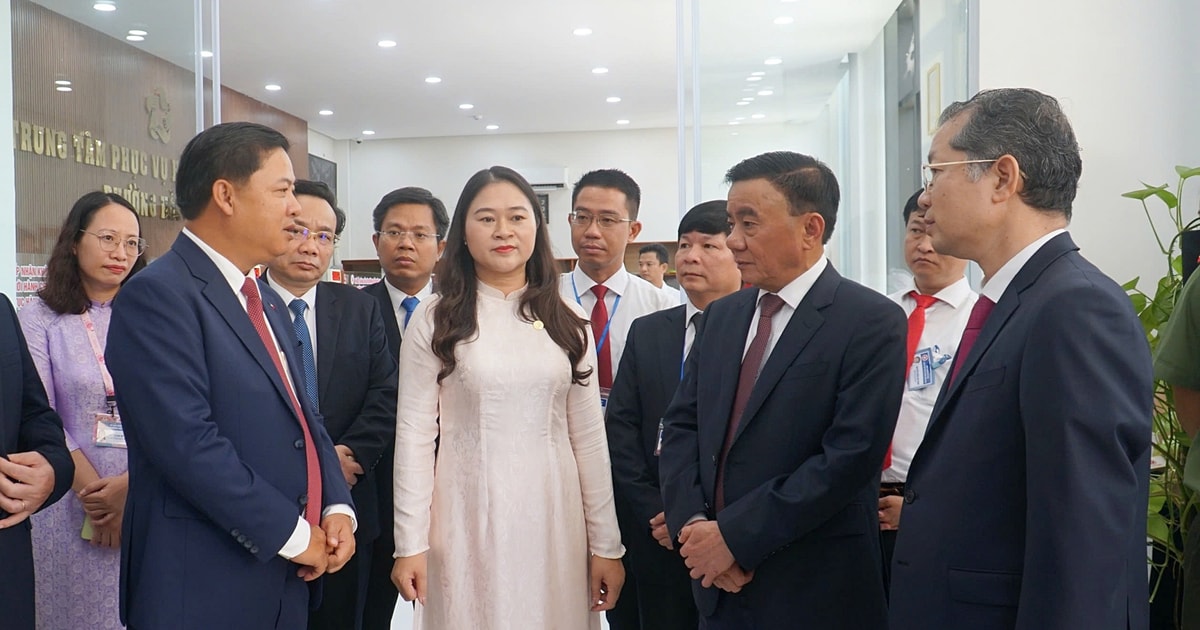

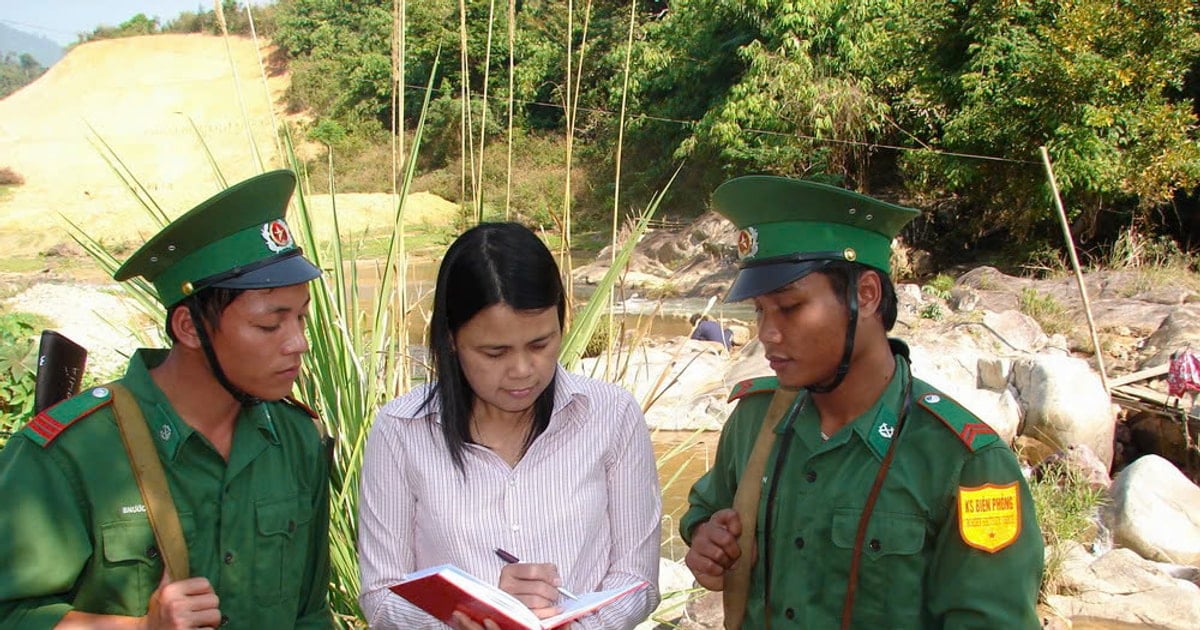
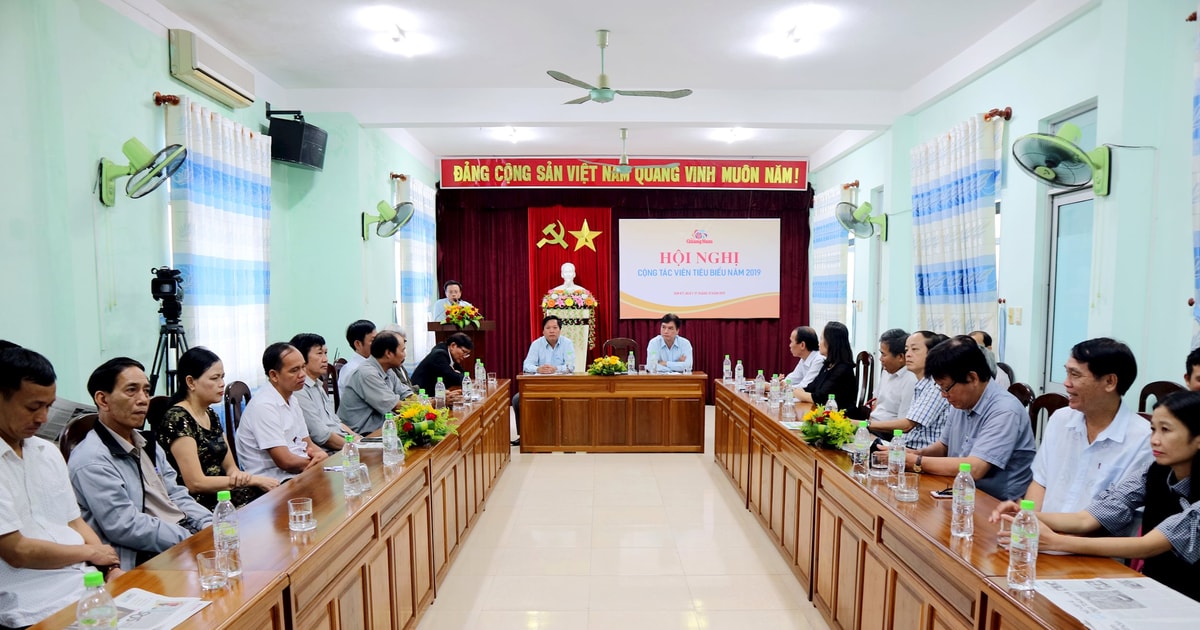
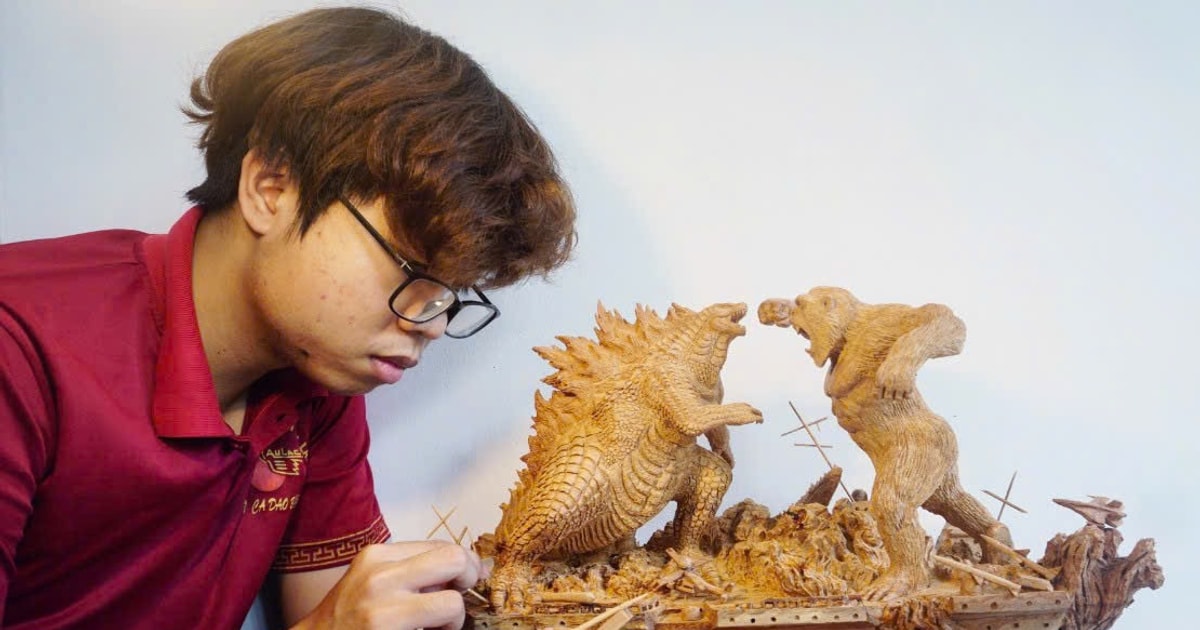








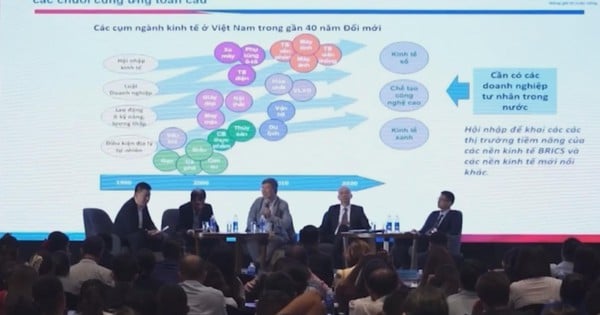

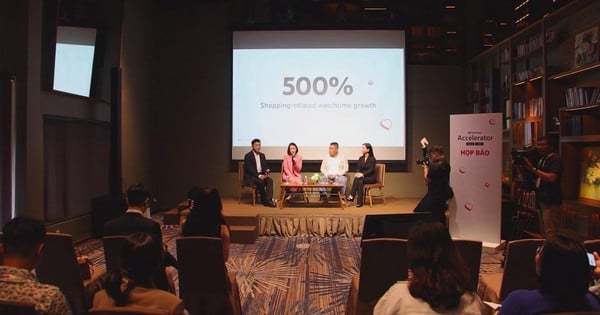
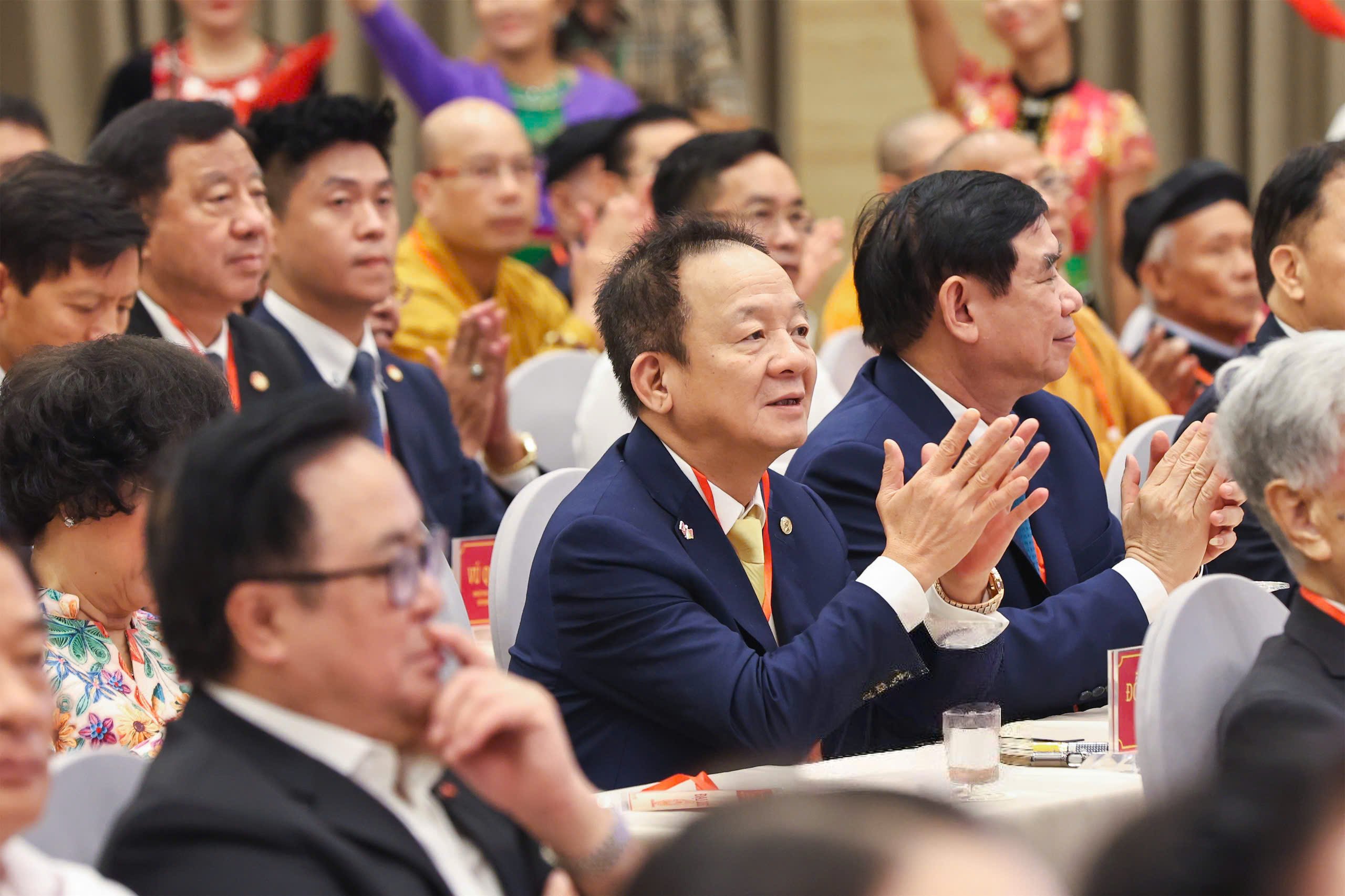
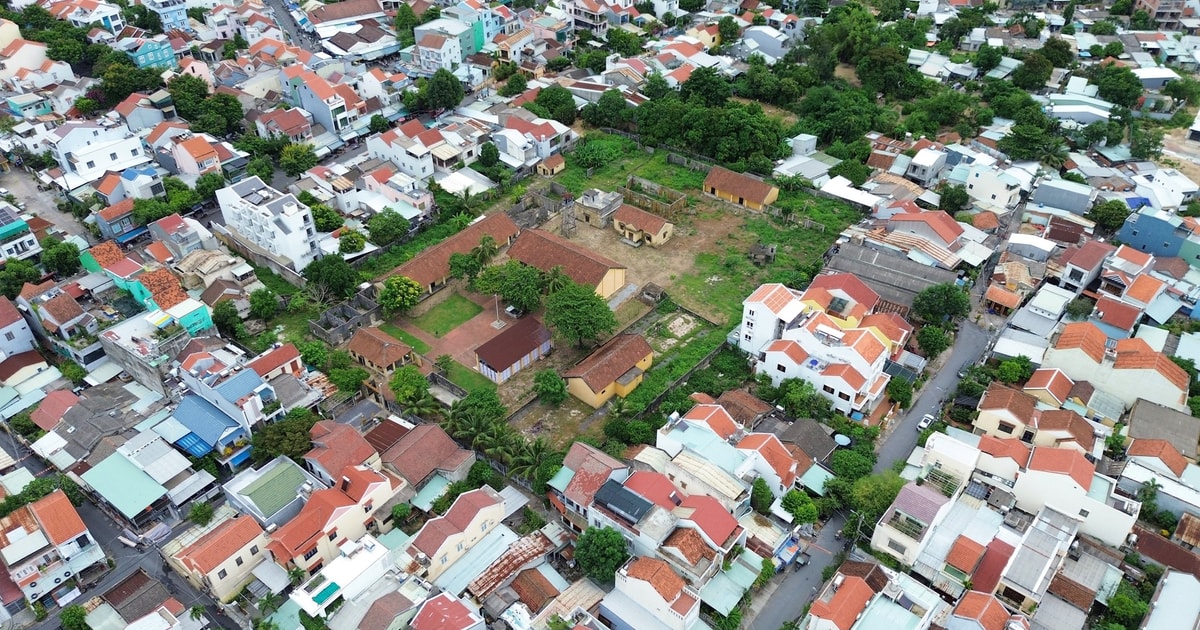
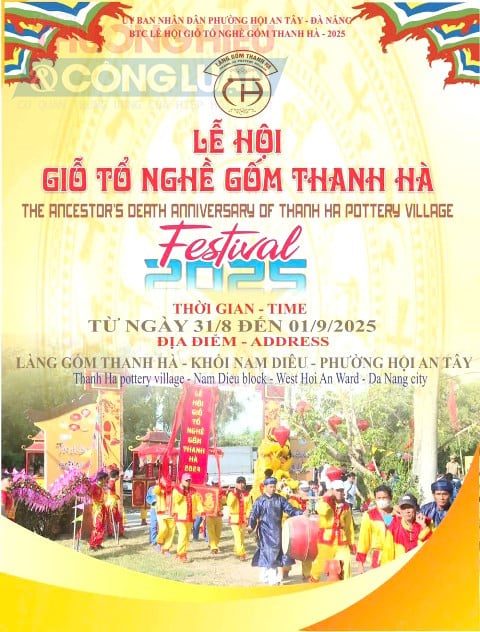

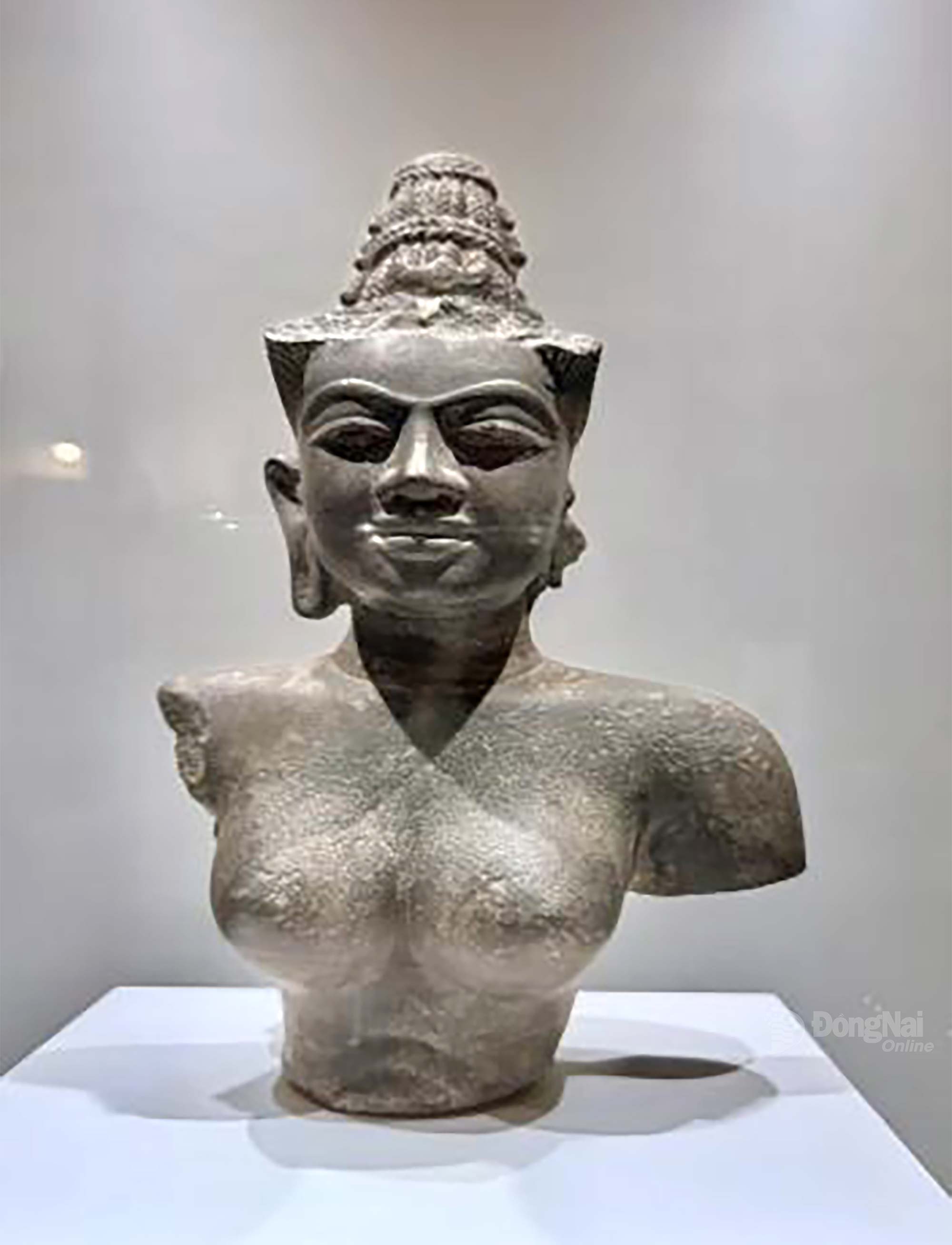







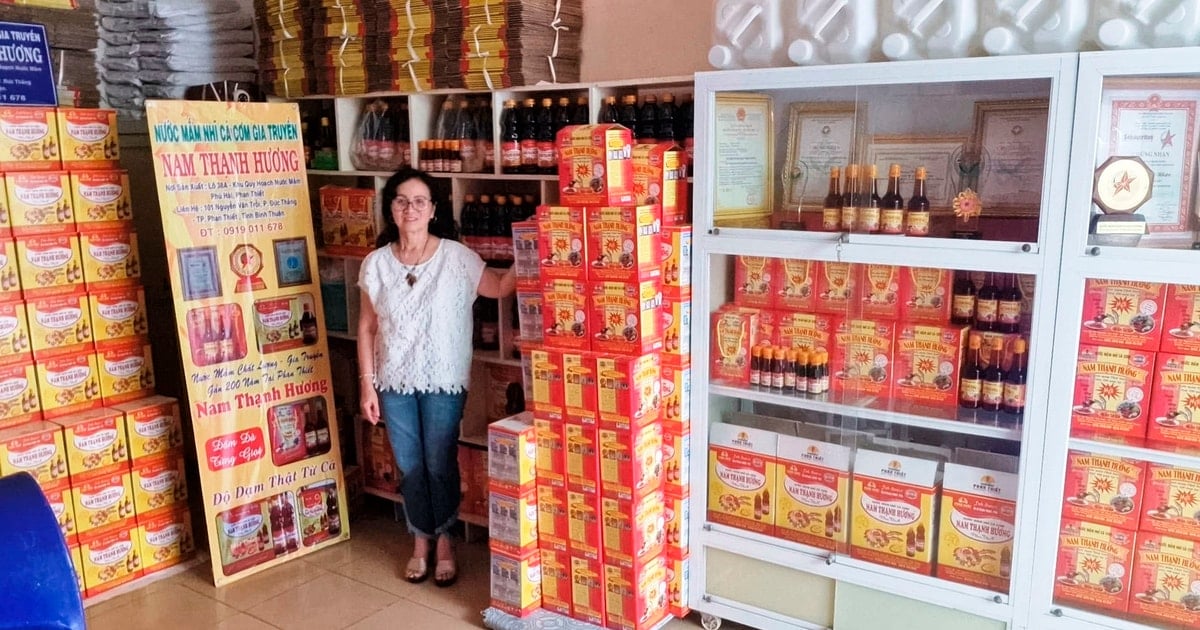

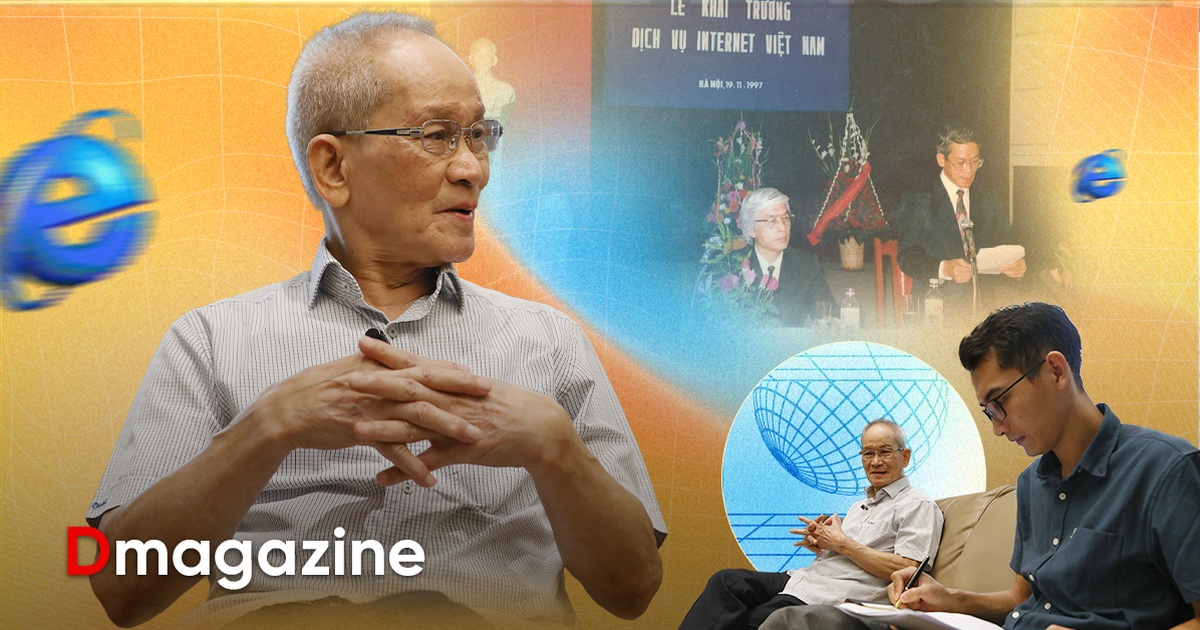
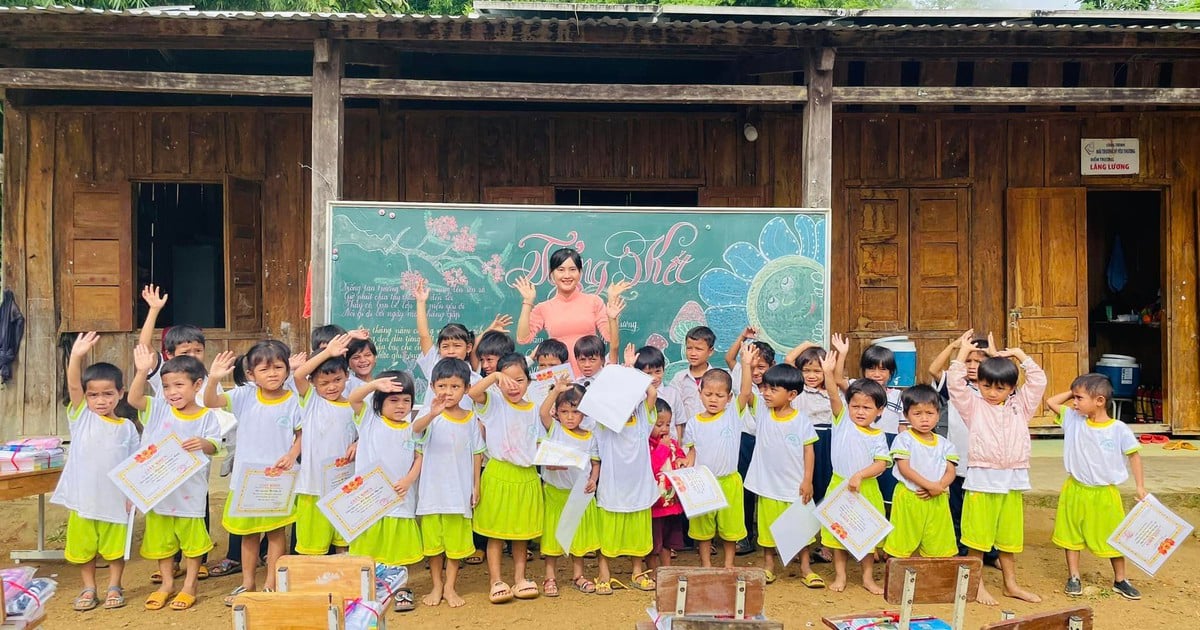




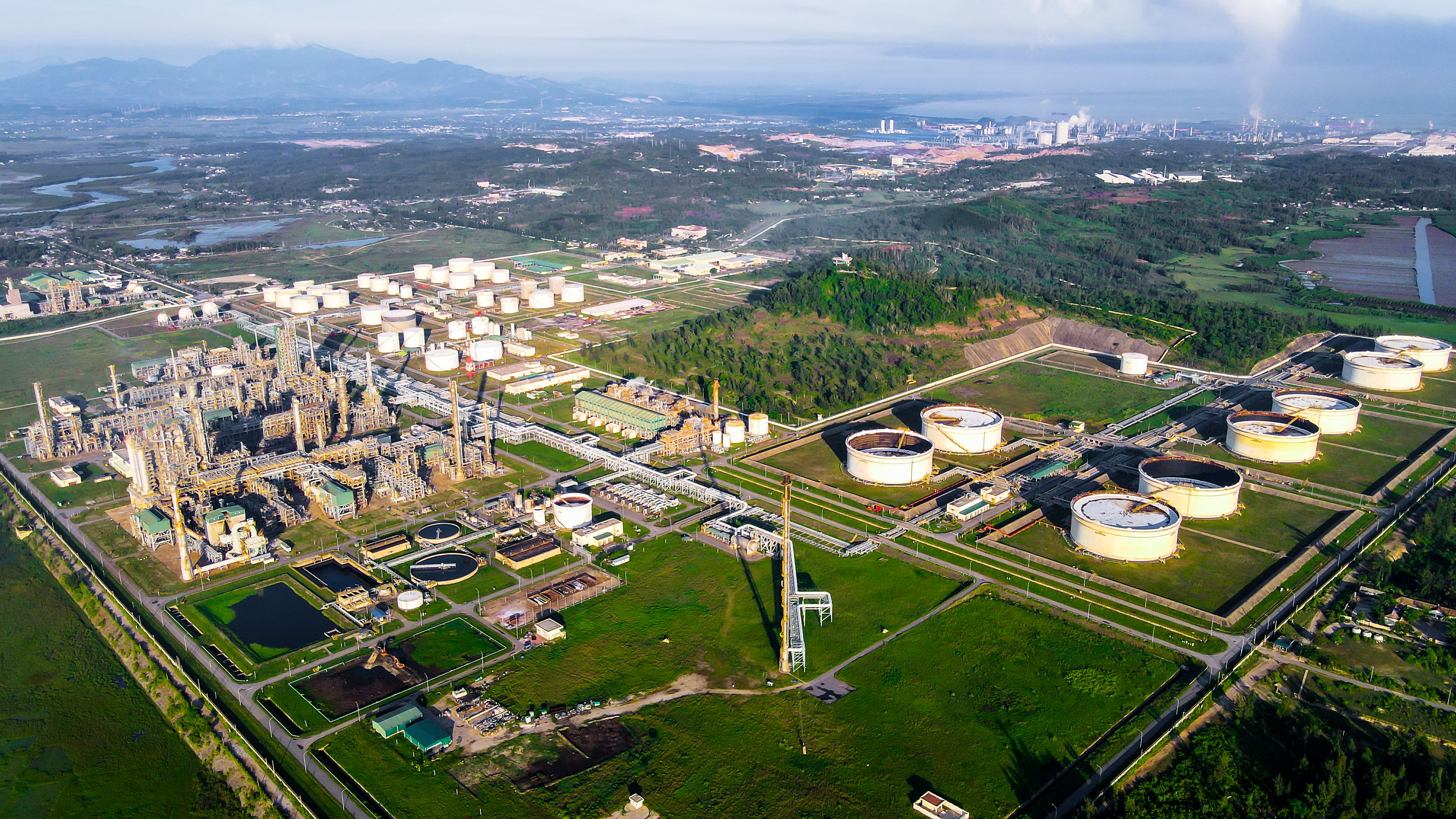






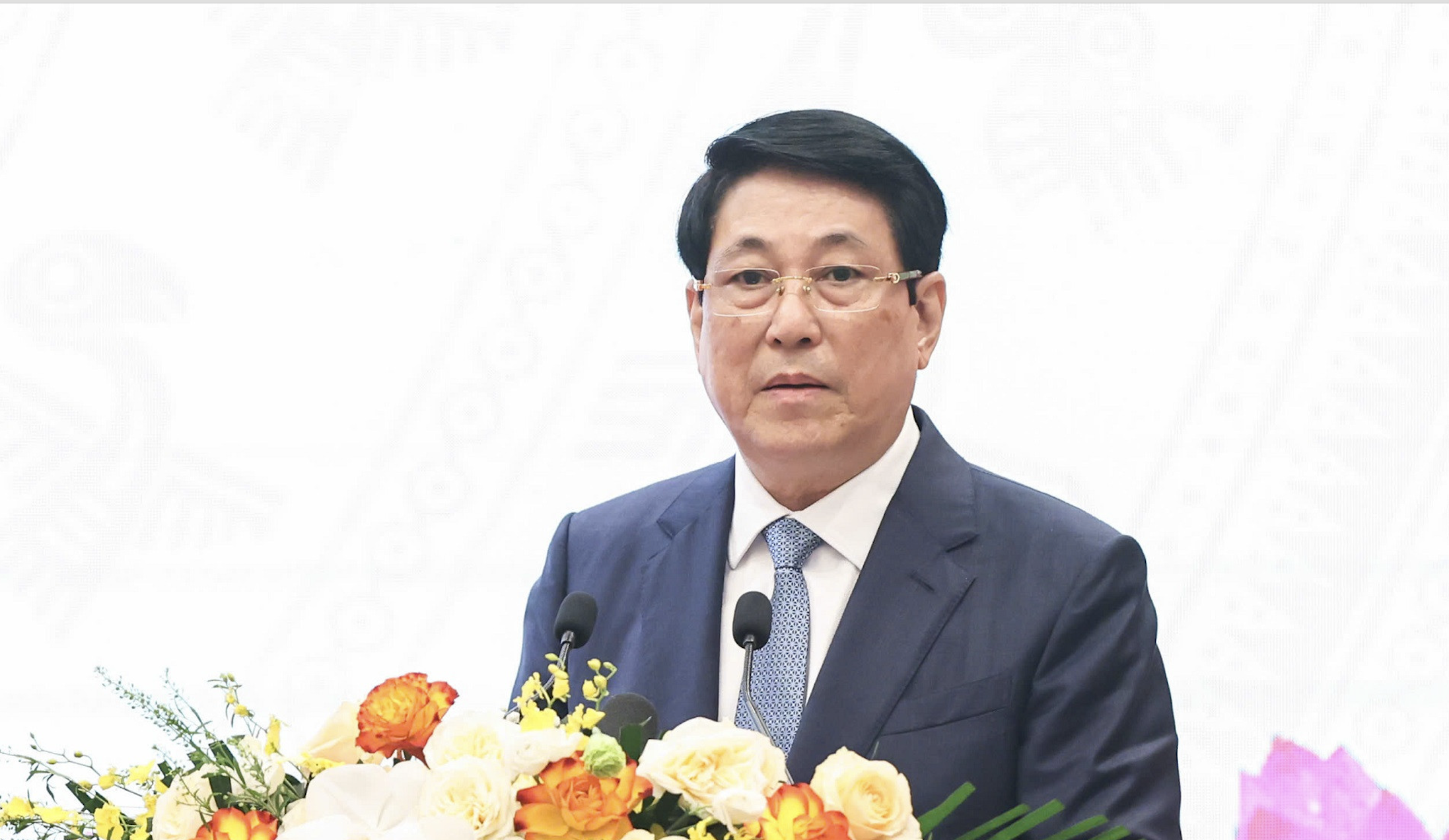



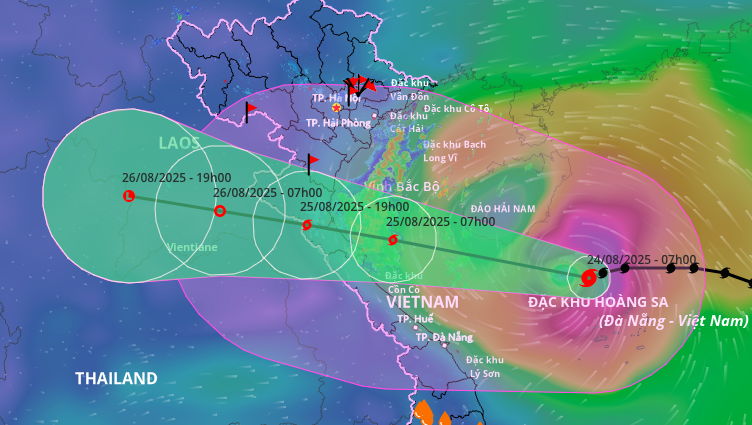




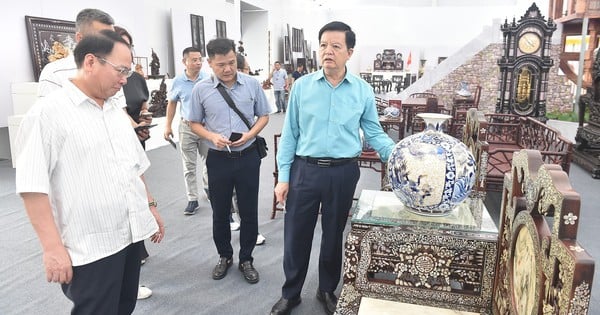


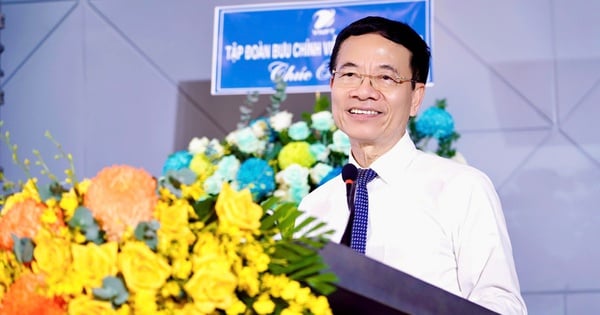





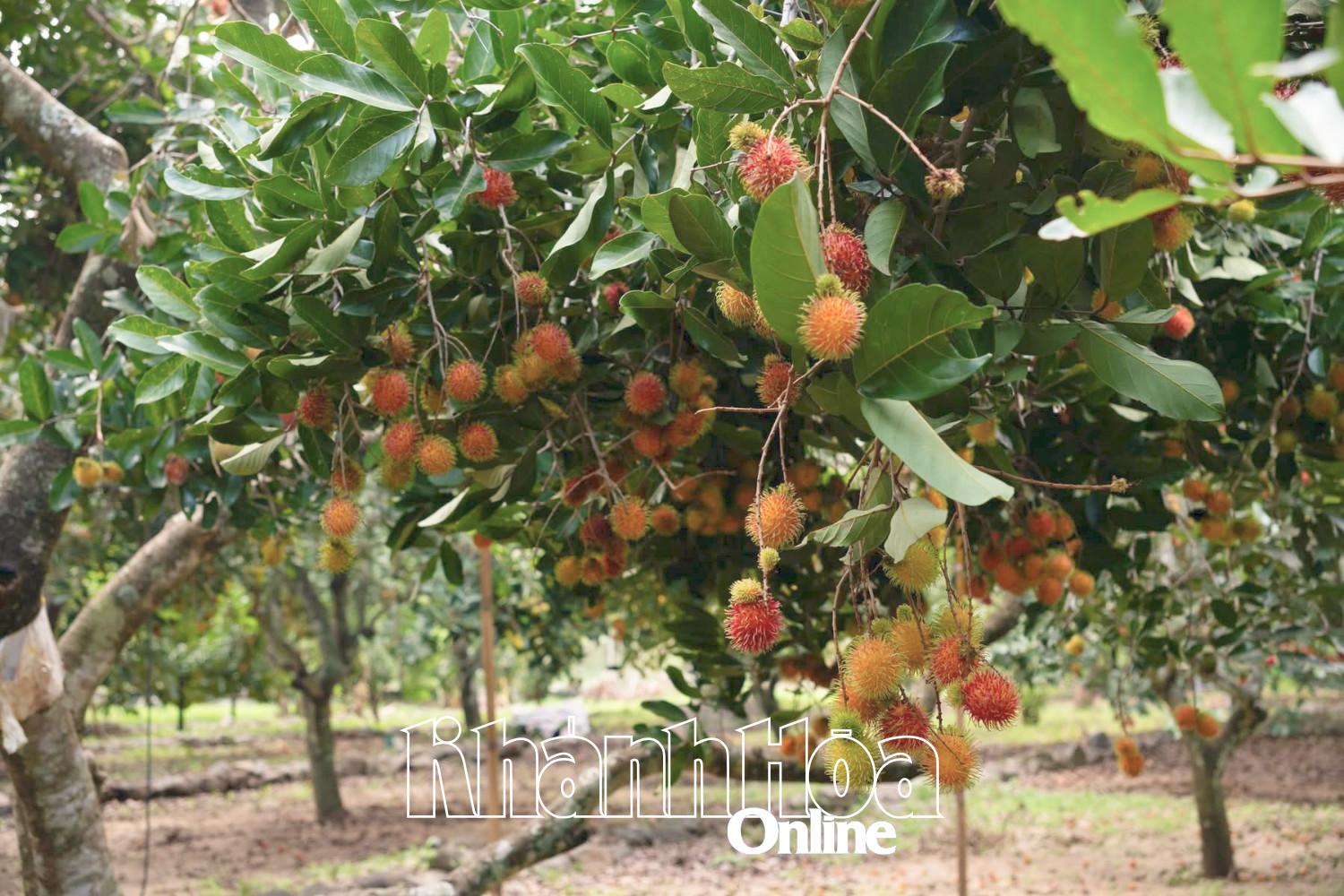

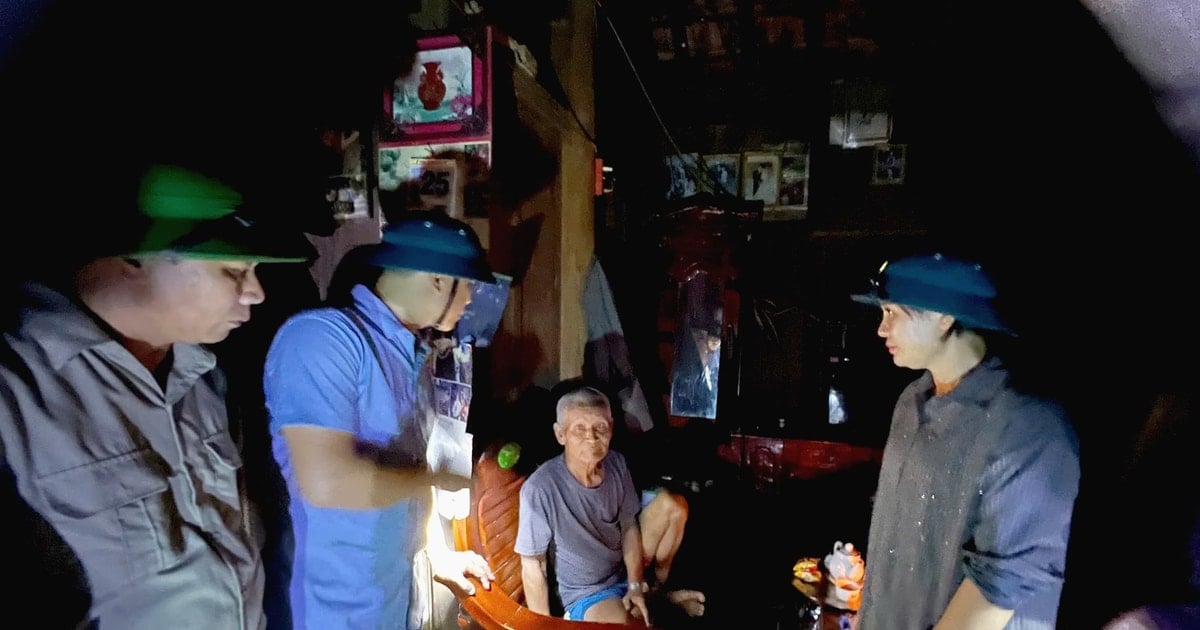



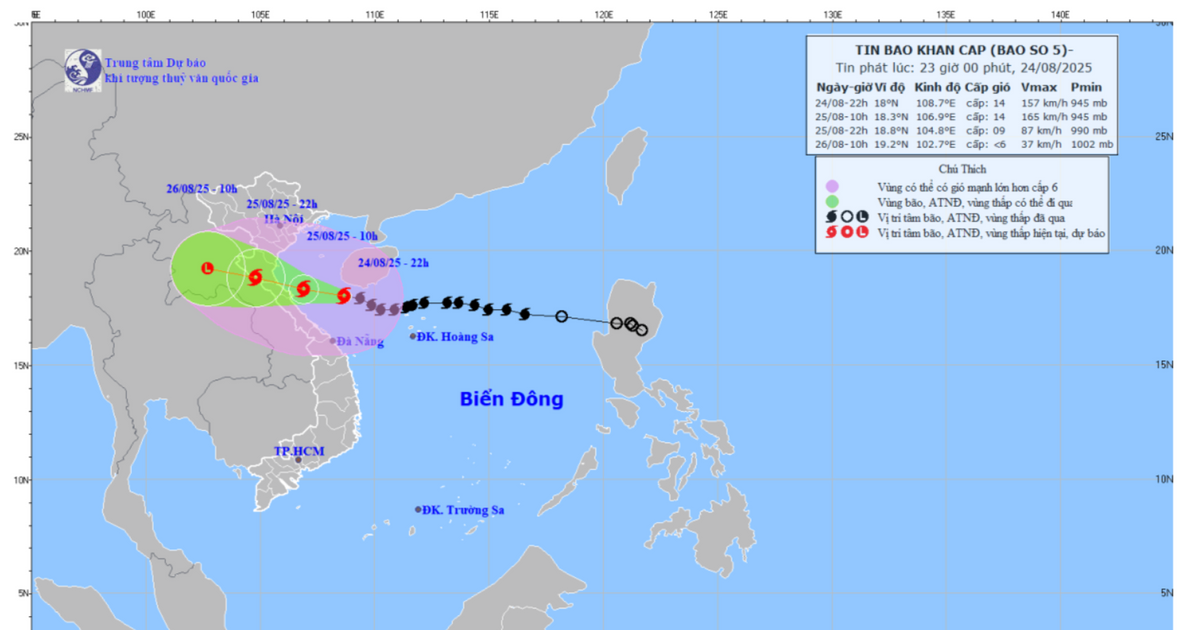
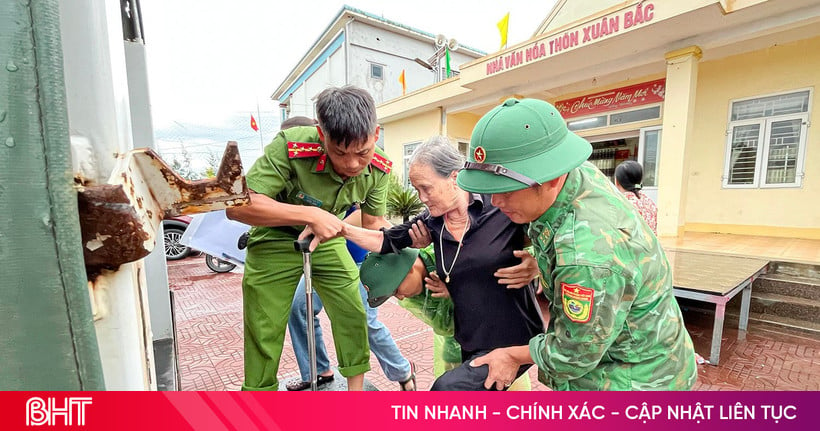





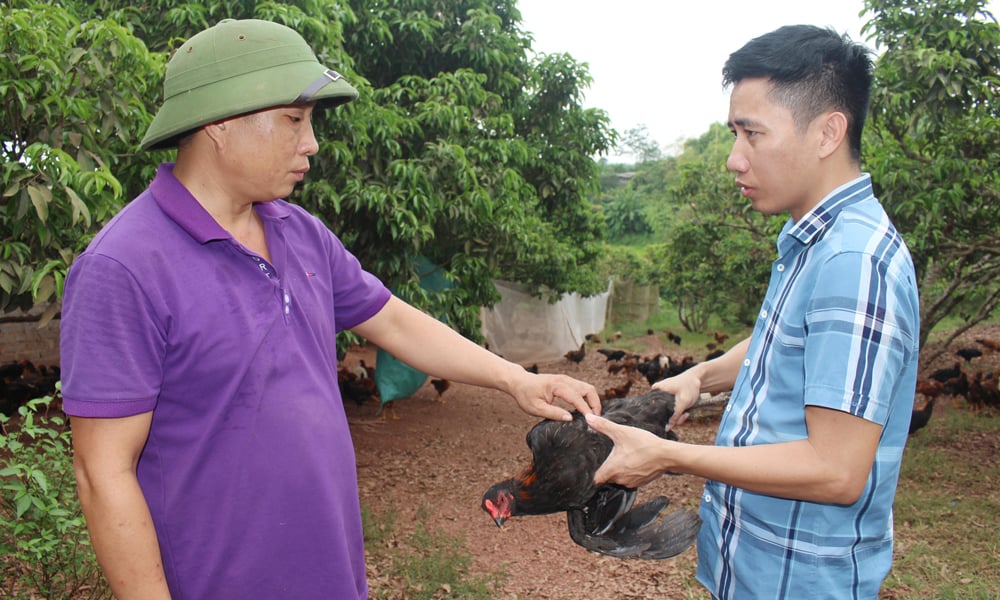
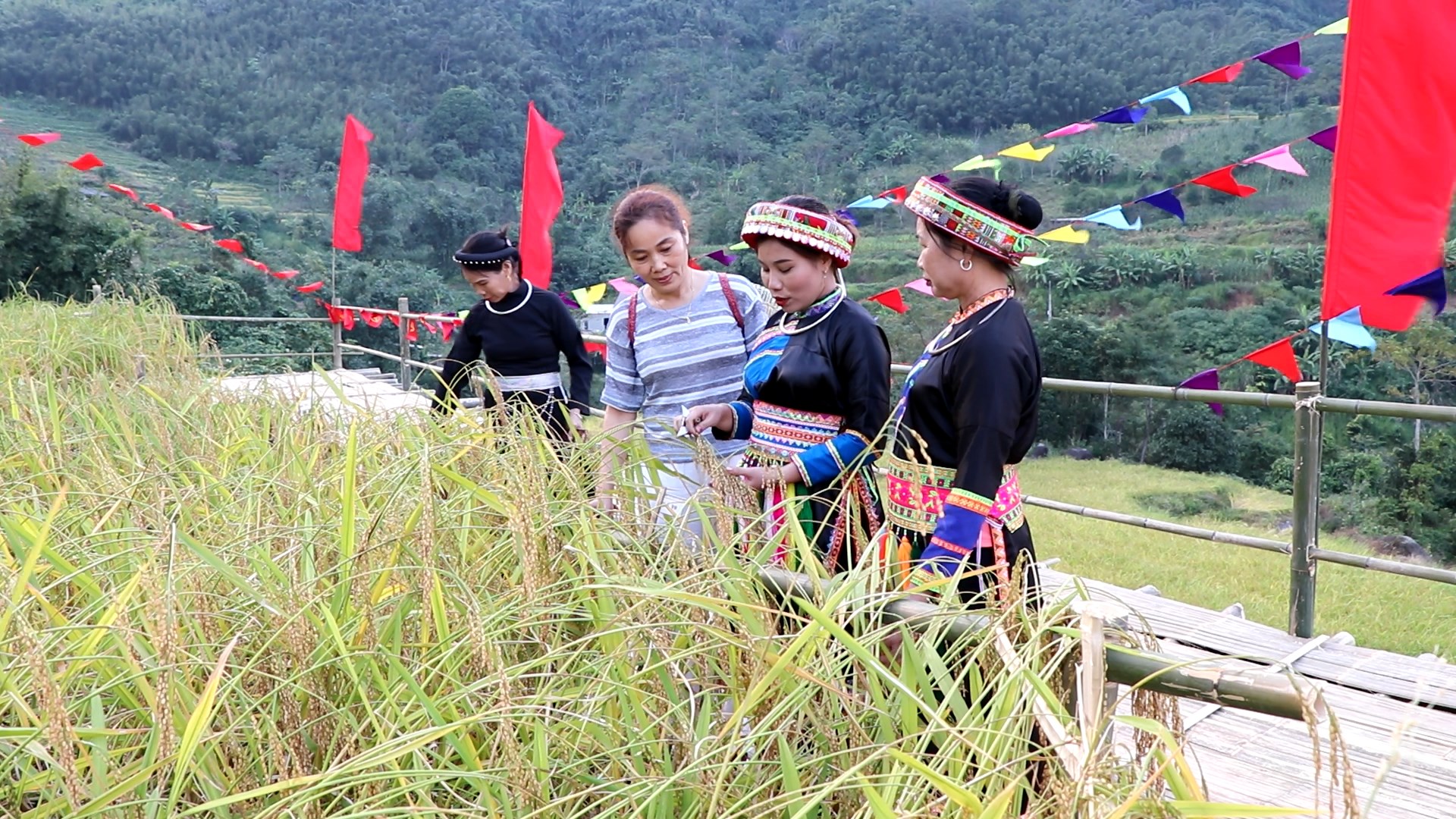











Comment (0)